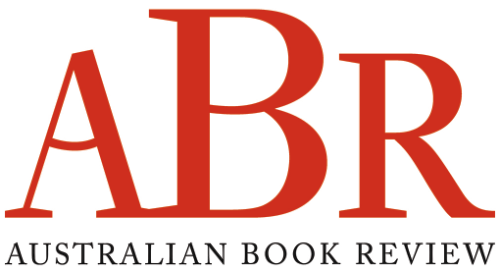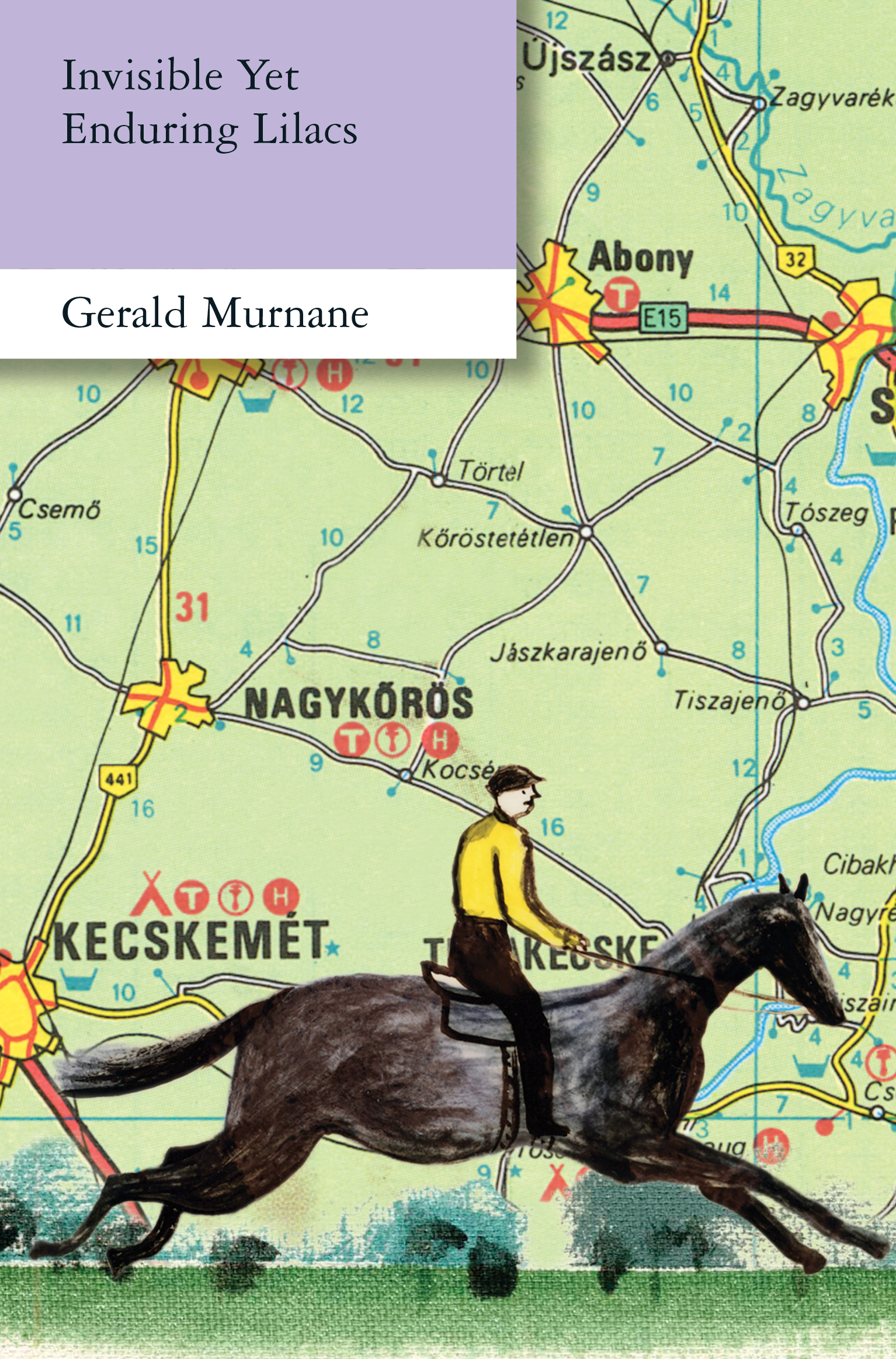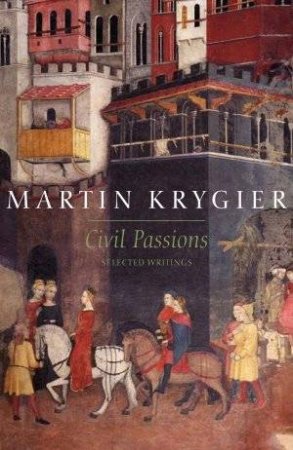Archive
Invisible Yet Enduring Lilacs by Gerald Murnane & Literati by James Phelan
There is no God, I was made in this man’s image:
those slate-dark eyes of his are mine,
the dented bridge of our his-my nose.
I laugh with his rasping cackle in me.
I walk with his stooping, trudging gait,
swearing his ‘Jesus bloody Christ’
in a sudden fist-curl of temper.
My right ear points like a flesh-antenna as his does,
and being my father I bear his name.
Haphazardries of kin passed on from birth
that to see him wizened on his cancer bed,
his insides turned to water,
... (read more)Does My Head Look Big in This? by Randa Abdel-Fattah & Still Waving by Laurene Kelly
for Craig Sherborne
‘Grief wrongs us so.’
Douglas Dunn
To the sea we bear our fathers in state –
or what they’ve done to them: the square conversions.
Surf mild as receding tides,
we slump in dunes with our burdens,
... (read more)This must be a page from The Manual
For the Instructing of Humanity,
Showing the improvement of the Social Order
By the avoidance of personal identification
With Suffering, a turning-away to private Sanity.
... (read more)Books Alive
Dear Editor,
Jeremy Fisher criticises the 2005 Books Alive campaign (Letters, ABR September 2005) for failing to do things it was not set up to do, and then acknowledges that it does the things it was set up to do extremely well. Fisher says: ‘The ASA has no issue with increasing the sales of Australian books. But that no longer appears to be the focus of Books Alive. Books Alive had the potential to be a unique opportunity to promote Australian literary culture. It has mutated into “an Australian Government initiative that aims to encourage all Australians to experience the joys of reading”.’
... (read more)A couple of months ago, driving with my daughter just outside the wheat-belt town of York, Western Australia, we came across a ‘28’ parrot that had just been struck by a car. I scooped it up in a cloth, and my daughter held it on the back seat until we could get home. Having been bitten numerous times by those ‘strong and hooked’ beaks, I warned her to be wary. But the parrot – a splay of emerald, turquoise, black and yellow feathers – was too dazed to bite, and clearly had a broken wing. Though we’ve always called these beautiful birds 28s, technically they are a ring-necked parrot, and possibly even the Port Lincoln variety of ring-necked. The demarcation lines between varieties are hazy. The local ‘nickname’ matters as local names do. We eventually handed the injured bird over to the local ‘bird lady’, who later let me know that it had died due to massive brain damage. My daughter doesn’t know it died. She said it was the closest she’d ever come to something so ‘amazing’. I left it at that.
... (read more)




